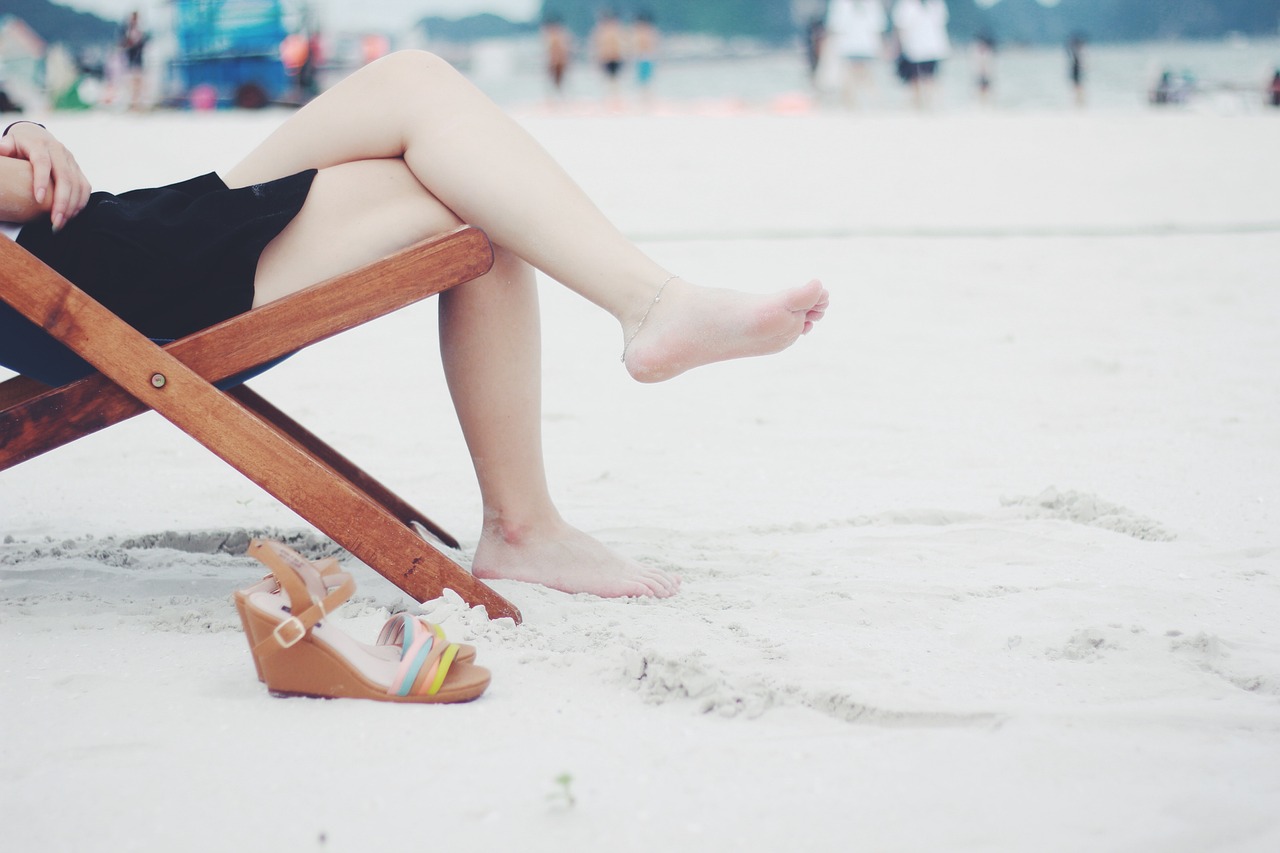How did we get to this sedentary lifestyle?
We have unknowingly created for ourselves a sedentary lifestyle that has only gotten worse in the modern age. Our bodies are not evolved to be sitting around all day, watching hour long programmes without breaks and 3 hour films. It wasn’t even that long ago when television episodes were a neat 20 minutes long, sometimes even shorter. To sit in a car for two hours straight, or a plane for 10 hours straight is just too long for our bodies.
Through my various topics of study, they all say the same thing about a sedentary lifestyle. It’s bad for immunity, it’s bad for the skeleton and muscles, it’s bad for the brain, it’s bad for our mood and emotions, it’s bad for our social connections because we tend to sit alone or sit together watching things without communicating.
It is suggested that we stand up every 20 – 30 minutes at a minimum. Even the act of standing up essentially jump starts the system. We need to move, to walk, or run or something. There is logic in that given our ancestry. It’s better to squat than sit on the floor apparently. Let’s explore the timeline.
Hunter Gatherers – 3 million years ago to 14,000 years ago
The Old Stone Age dates back to around 3 million years ago based on archaeological and anthropological evidence. The dates of Stone Age, Bronze and Iron Ages are based on tool making and innovation.
It is commented on by various sources that our ancestors would walk up to 12 miles a day, roaming the land and searching for food. The ‘work’ of collecting food would take 3 to 6 hours a day maximum, and the rest of the day was ‘leisure’ time. With temporary settlements and less possessions, social contact within the group was the way to pass the time. Preparing the food, leisurely consuming it, occasionally running from predators.
There were several ice ages during the last million years which our ancestors survived by moving around and adapting to different climates. Modern Homo sapiens evolved around 300,000 years ago. The peak of the last ice age was around 20,000 years ago. There was a brief cold spell which lasted 1500 years and finished around 11,500 years ago known as the younger dryas. Since then, it has been warm, which has led to good climate conditions for plentiful resources.
14,000 years ago approximately, there was a community known as the Natufians. They appeared to be semi-sedentary, having permanent homes and early forms of agriculture while at the same time, hunting and gathering. It appears this is the earliest evidence of sedentary life beginning to take over. Perhaps due to the cold spell that occurred, they were unable to continue their lifeways, or due to other reasons. However it demonstrates a step towards a sedentary lifestyle.
Agriculture – 10,000 years ago
Around 10,000 years ago after the cold spell, agriculture began to spring up in the Fertile Crescent. It began with rudimentary forms of agriculture, people slowly learning which plants and animals could be domesticated and which couldn’t. We learnt that the intentional planting and harvesting of food, produced surplus, which couldn’t be carried around on the backs of nomads, it had to be protected near the place of cultivation. It’s not entirely clear whether sedentary life encouraged agriculture or the other way around. It is likely they developed slowly but together, toing and froing until it settled into a rhythm, as all things generally do.
It is frequently commented upon that the transition was so slow to agricultural lifeways, that the people living through it would have barely noticed anything was happening. Minor changes happening within each generation, would gradually lead to a whole new lifeway within a few thousand years and no-one would have known any different.
Even today, the young are bombarded with technology from the moment they open their eyes, they don’t know any different. They are unaware of what living without technology means, without a phone, without their own computers and the ease of access to the internet.
It was a mere 20 years ago when I was a teenager and having my own phone was a major luxury and even then, all you could do with the phone was text, call and play snake. 30 years ago, my mum had a brick of a mobile with an antenna and everything, just to make a phone call.
It’s remarked upon that it’s hard for us to know what living without technology means today when change happens before our eyes and well within our lifetimes. The power of computers doubles every 18 months apparently. The speed of innovation in early agricultural days was far slower than this.
Early Civilisation
It was common, likely stemming from hunter gatherer lifestyle, to sit on the floor or on low seating, similar to how we might sit on a rock if we are out in nature.
The ‘chair’, as a raised level of seating, was present in earlier civilisations however due to the innovation and craftsmanship of making a chair, it was reserved for those with wealth. It was only later on in the centuries when it became more widespread and easier to make, that it became common in households lower down in the hierarchal chain.
Low seating is common though across the world. Even in parts of Asia, it is still common today to simply sit on the ground.
It’s remarked upon that the majority of the population were peasant farmers in early civilisation and indeed even into the medieval and renaissance and so ‘work’ would have been very hands on. It was the very small minority that conducted the type of labour that required sitting down and working on something like a scribe, or working in government.
Modern Society
Industrialisation and the modern lifestyle has caused a massive shift in the way we live, even compared to earlier civilisations. As companies and capitalism really told hold, with companies growing and leading innovation, it created whole new industries. Many of which resulted in factory working but also, the desk job. The administration side of companies would have increased massively with industrialisation.
This increased when technology developed to replace factory workers, and bring people more to the desk. Sitting around, taking calls, working in an office. Even travelling to work, in public transport on seats and eventually in cars.
Trends today encourage us to walk and be in nature. It’s funny how the environment our bodies have evolved to naturally be in, is now so far away from our everyday life, it’s a holiday or a break from work that we must actively seek out. This is no longer on our doorstep. It hasn’t been for a little while, when you consider the time expanse of human history.
Given all the changes society has made to our everyday lives over the last few thousand years, we are only now truly discovering, in the last 100 – 150 years or so, what our bodies and minds are, and what we actually need based on what environment we evolved in. we are not evolved for this environment we have created, we are not evolved for a sedentary lifestyle. Unfortunately we are pretty much stuck in today’s world, so the best we can do is get up, walk around when we find the opportunity and learn more about what our individual bodies need.





